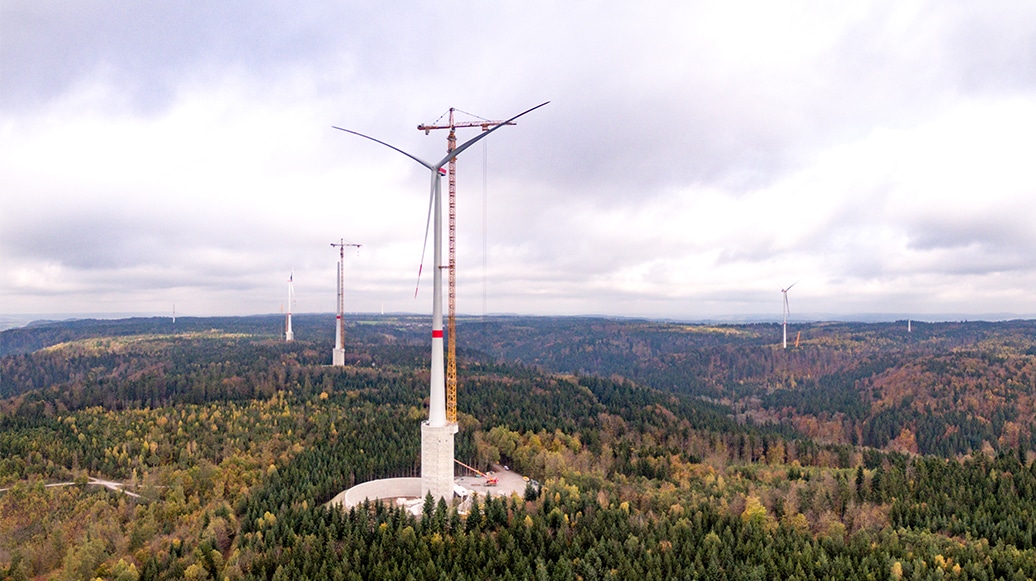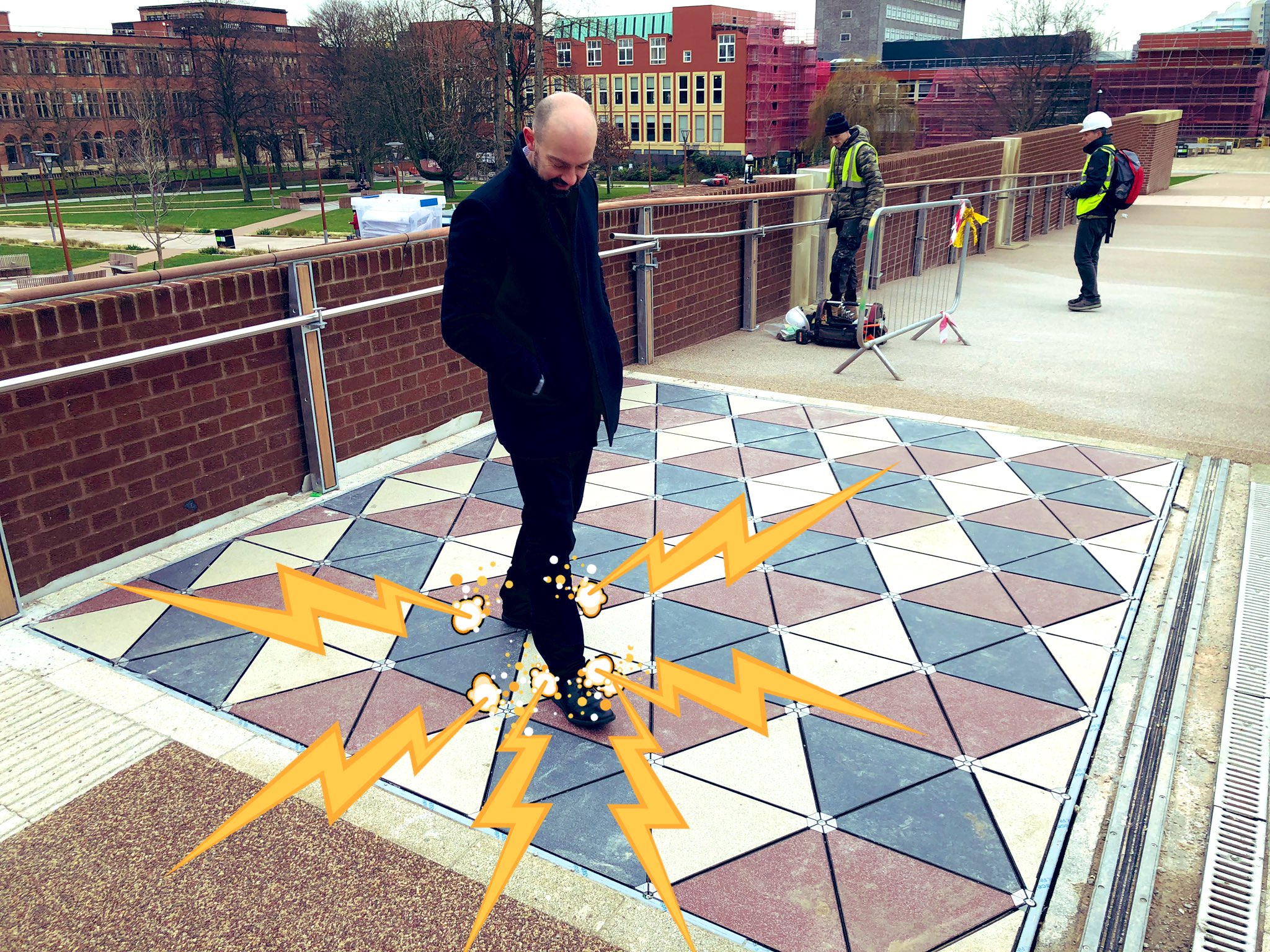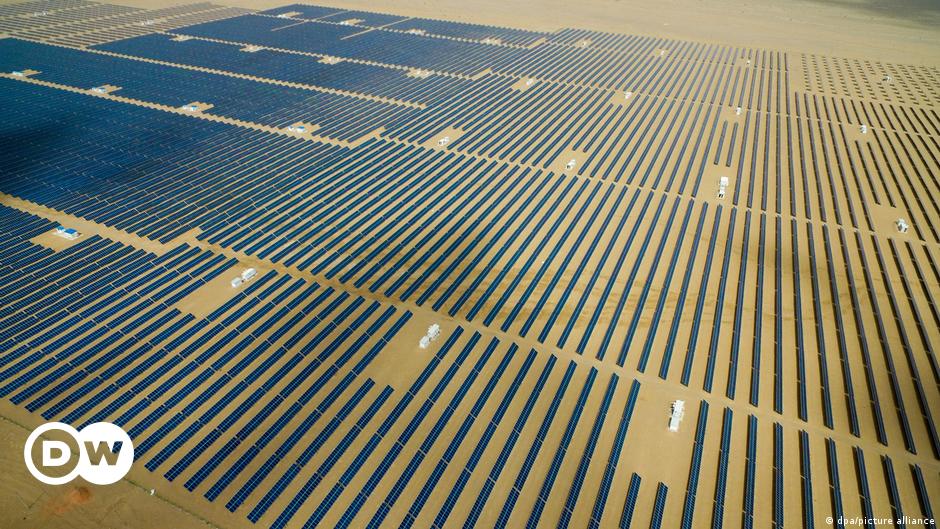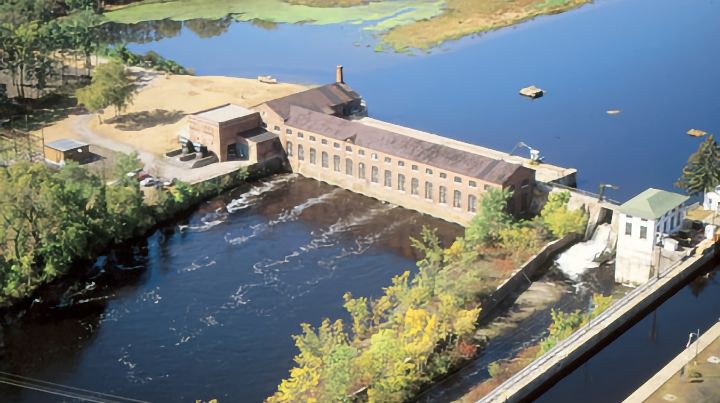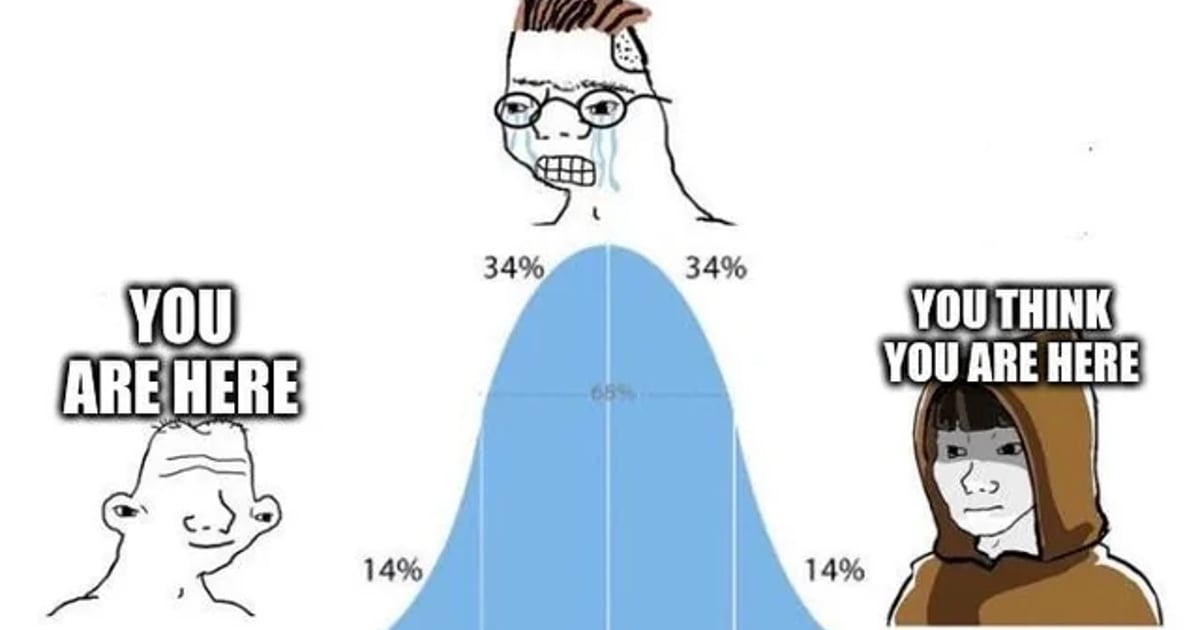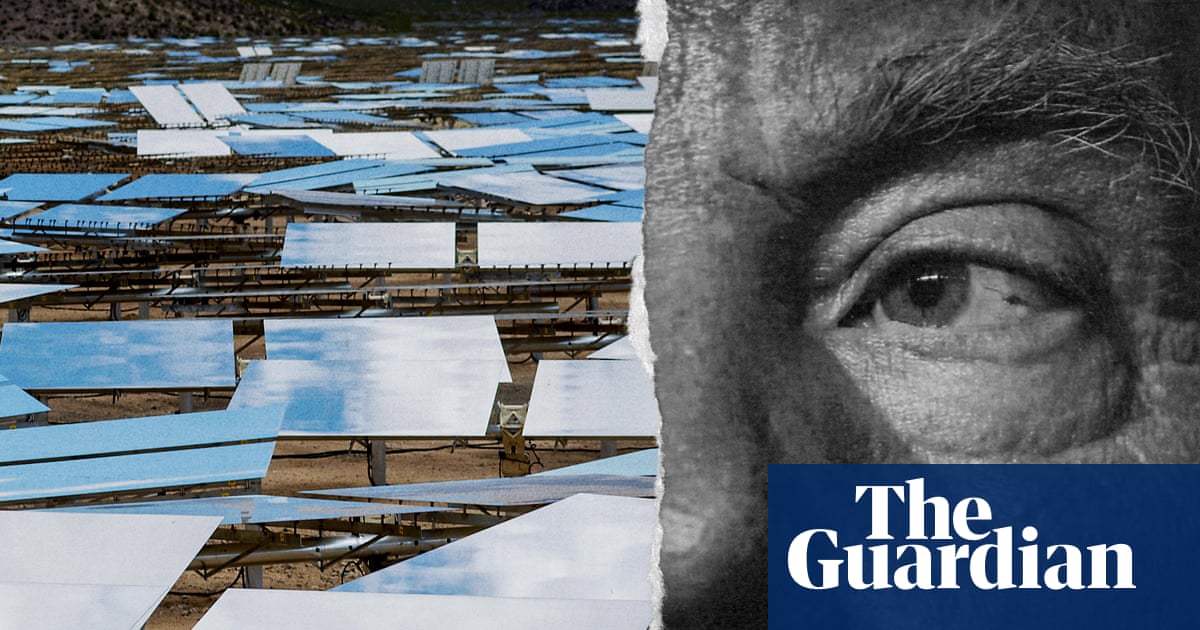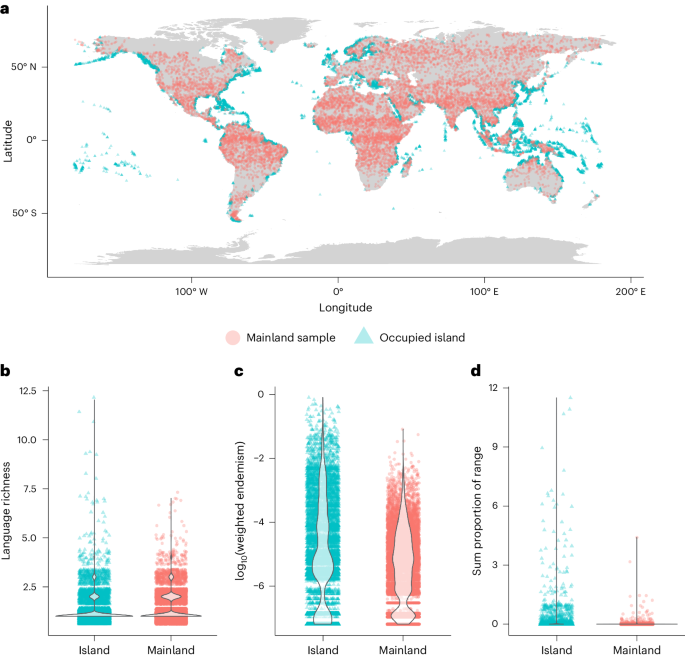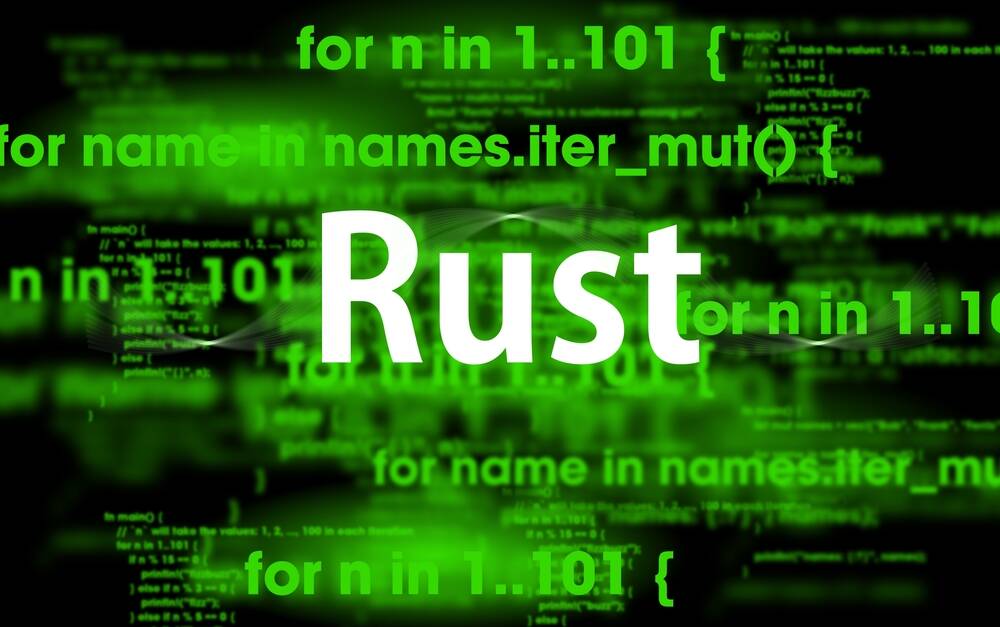GreenArrays Power and Energy
The key concept is that it is the amount of energy that must be consumed in order to do a given amount of work that defines the cost of doing that work. Any system that is not plugged into a wall outlet can only sustain a limited amount of this cost before it has depleted its resources; even a solar powered device must store energy when the Sun is not available to it, in order to survive (and do useful work) until the next time the Sun is available. Power Power is the rate at which work is done, and thus energy consumed. All other things being equal, to do a given amount of work will consume the same amount of energy if it is done in a microsecond or in an hour; however, the power being applied during that microsecond will have to be 3.6 billion times the power that would need to be applied to do it in an hour.
All things are not completely equal, and there are often inefficiencies in the use of energy at both the extremely fast and extremely slow ends of the scale. These inefficiencies result in the consumption of more energy than would be required to do the work in a more optimal amount of time. For example at the very fast end of the scale, excessive heat can be dissipated and unless part of the work desired from the device is to behave as a heating element, this heat is wasted and can create the need for even more waste of energy in dissipating that heat without causing undesired side effects. Likewise at the very slow end of the scale, many effects such as nonlinear friction or semiconductor leakage can lead to inefficiencies.




